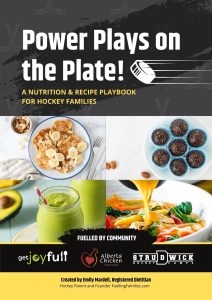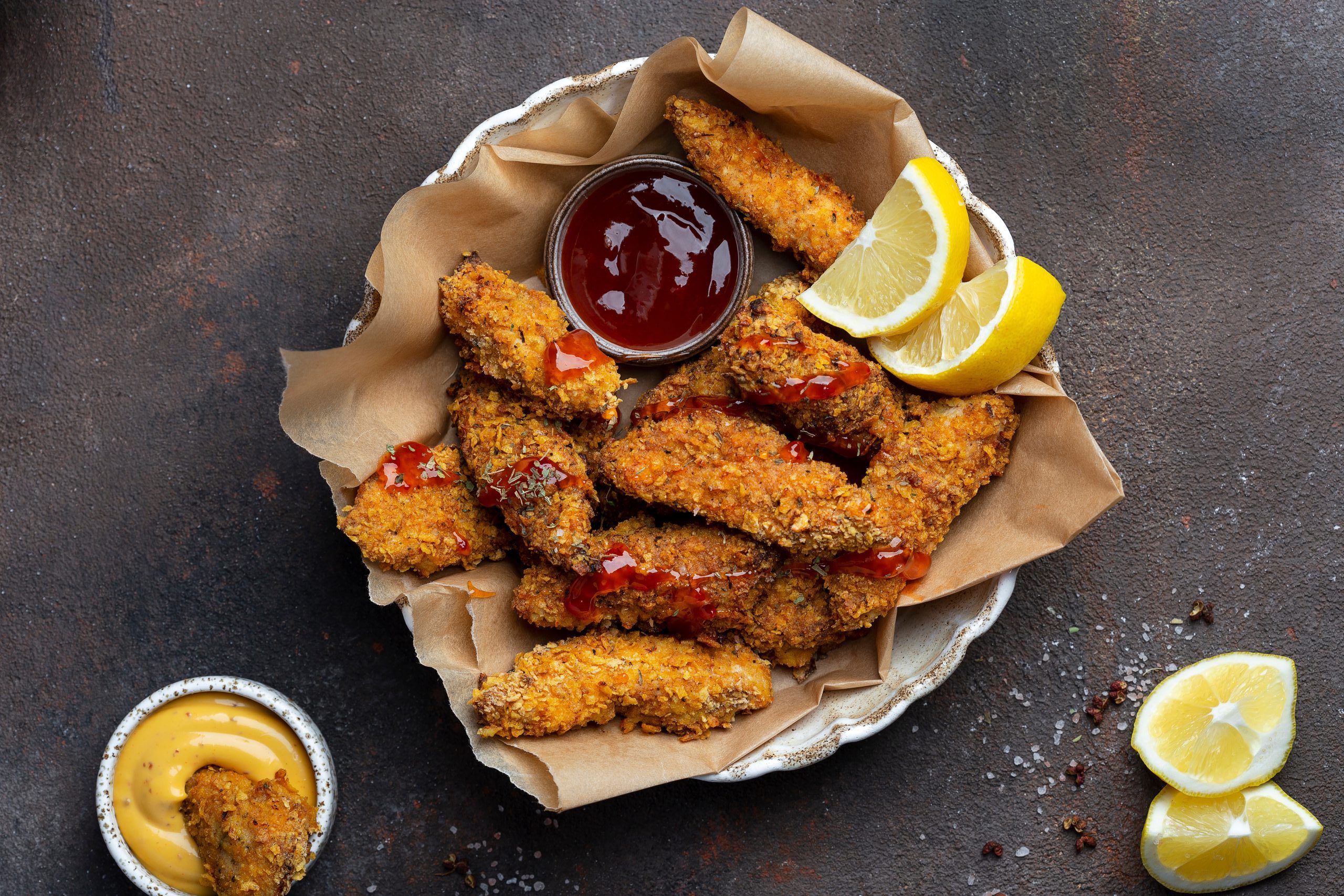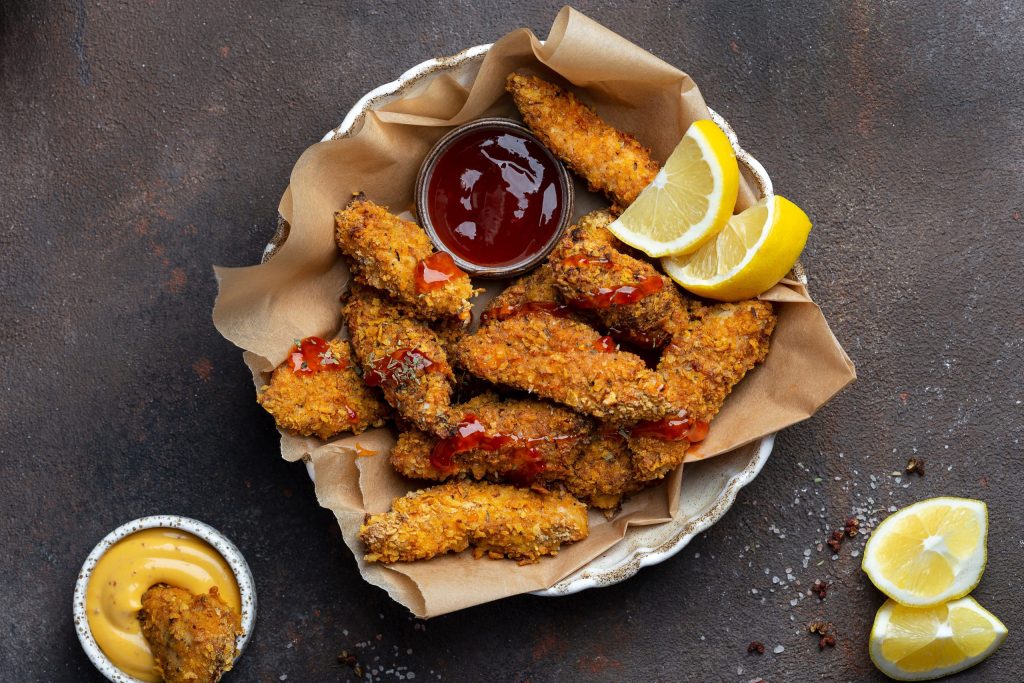As a dietitian who specializes in sports and family nutrition and a proud hockey mom, I’m thrilled to share insights into recovery nutrition and power plays that help engage and help your young athlete practice healthier nutrition habits day in and day out.
One of the first tips I often share with active families and athletes is the power play known as the 3 R’s of Recovery. To fully recover after activity, especially demanding sports like hockey, every athlete must ensure they Rehydrate, Repair and Refuel to the best of their ability. This takes planning, practice and you guessed it…team work! Let’s get into it!
3 R’s of Recovery
1. REHYDRATE:
After a game, it’s critical to replace lost fluids. Encourage your athlete to drink plenty of water to rehydrate and support recovery. For every lb lost during activity, athletes should rehydrate with 16-24 ounces of fluid. For more information check out the Sports Nutrition for Youth: Handbook for Coaches.
2. REPAIR:
Protein is essential for muscle repair. Depending on age and intensity of activity, most athletes need about 20 g of protein after activity. This can extend up to 40 g or more for larger athletes, strength training athletes, or vegetarian athletes. For most hockey players, I suggest 20 to 30 g post-activity. This protein can come from a variety of sources, but keep in mind that timely, complete protein or plant protein-grain combo is ideal.
3. REFUEL:
Carbohydrates help restore depleted glycogen stores. Glycogen is essential stored, accessible energy that the body likes to use early in higher intensity activities like a hockey game or practice. Incorporate whole grains, and fruits among other carbohydrate sources into your athlete’s post-game meal to effectively refuel. This will ensure they have energy to draw on, especially on multi-sport or activity days.

Power Plays on the Plate
Don’t miss out on our “Power Plays on the Plate Playbook” – your guide to fueling young athletes for peak performance.
Download it, and share your experiences on social media.
Let’s create a community of informed, energized hockey families!
View/Download Power Plays on the Plate (PDF)
Hall of Fame Chicken Fingers
Proteins that are ideal for recovery are often high in the muscle-building amino acid, leucine. Chicken is a good example of a complete, high quality protein that is loaded with leucine. Fun fact: 3 oz of chicken breast boasts 28 grams of protein. I guess this is why there’s chicken on our menu so often, lol. It chicks, I mean checks a lot of boxes! Terrible Dietitian joke, I know. Sorry!
Rich in protein, these chicken fingers are a fantastic way to kickstart muscle recovery.
Ingredients
- 1 cup almond flour
- 1 tsp garlic powder
- 1 tsp onion powder
- 1 tsp paprika
- Salt and pepper to taste
- 1 large egg
- 1 lb. boneless, skinless chicken breasts, cut into strips
- 1 Tbsp oil
Honey-Mustard
- Combine 2 Tbsp yellow mustard, 1 Tbsp real mayonnaise and 1 Tbsp honey.
Sweet Sriracha
- Combine 2 Tbsp ketchup, 1 Tbsp Sriracha and 1 Tbsp honey.
Directions
- Preheat the air-fryer to 400ºF (204ºC).
- In a medium bowl, mix together almond flour and seasonings, then set aside.
- In a separate bowl, whisk a large egg.
- Coat chicken with egg and dredge each chicken piece in almond coating.
- Add chicken pieces to air-fryer, space apart, and drizzle with oil.
- Air-fry for 10-12 minutes, or until fully-cooked.
- Enjoy with “Honey-Mustard Dip,” or “Sweet Sriracha Sauce” either hot at home with sweet potato fries and a side of veggies OR chilled to-go as a hunger-crushing post-game snack.
- Refrigerate leftovers in an air-tight container for up 3 days.
Strategies to Sharpen Nutrition Skills
Building healthy nutrition habits is a long season and it sure takes a lot of teamwork. In our family and to my clients, I like to encourage a few strategies to help hockey players sharpen their nutrition skills and performance on and off the ice.
Cook Together:
Use meal prep as a bonding activity. It’s a fun way to teach your young athlete about nutrition. Aim for simple, ready made, or simple to assemble meals or snack boxes first. Work your way up to one pot wonders and eventually, full on performance plates, like some of the recipes in the ‘Power Plays on the Plate’ ebook!
Plan Snacks:
Have healthy snacks ready. Think yogurt, nuts, or fruit – perfect for pre or post-game energy. Choose one day a week and plan the snacks that will be your pregame and post-game routine. Set up your fridge and pantry with designated baskets for pre and post game items for easy grab and go play.
Prioritize Hydration:
Set hydration goals. A well-hydrated athlete is a well-performing athlete. Remember, athletes may not always have a strong thirst response or drink enough during the day or after play. Drinking fluids and electrolytes because it is automated and at the ready is the best way to ensure daily hydration. Monitoring urine colour is also a valuable test. For more information and support, connect with a dietitian to help.
By focusing on these nutritional strategies, you’re not just aiding in your athlete’s recovery; you’re setting them up for success in sports and in life. Remember, a well-nourished athlete is a strong and healthy athlete. Let’s make every meal count!
How do you encourage healthy eating habits in your young athlete? Let’s exchange recipes and ideas. Share your tips in the comments!
Joyfully,
Emily
Emily Mardell is a Registered Dietitian, busy mama of three and proud Alberta foodie. Emily is passionate about quality ingredients and creating delicious, nourishing recipes that bring families together. Follow her on social media @GetJoyfull or GetJoyfull.com for nutrition advice and tips to grow food joy and fill up on family time.
Disclaimer: This post is sponsored by Alberta Chicken Producers, an organization that supports family chicken farms across Alberta, and promotes the health and nutrition benefits of chicken.


